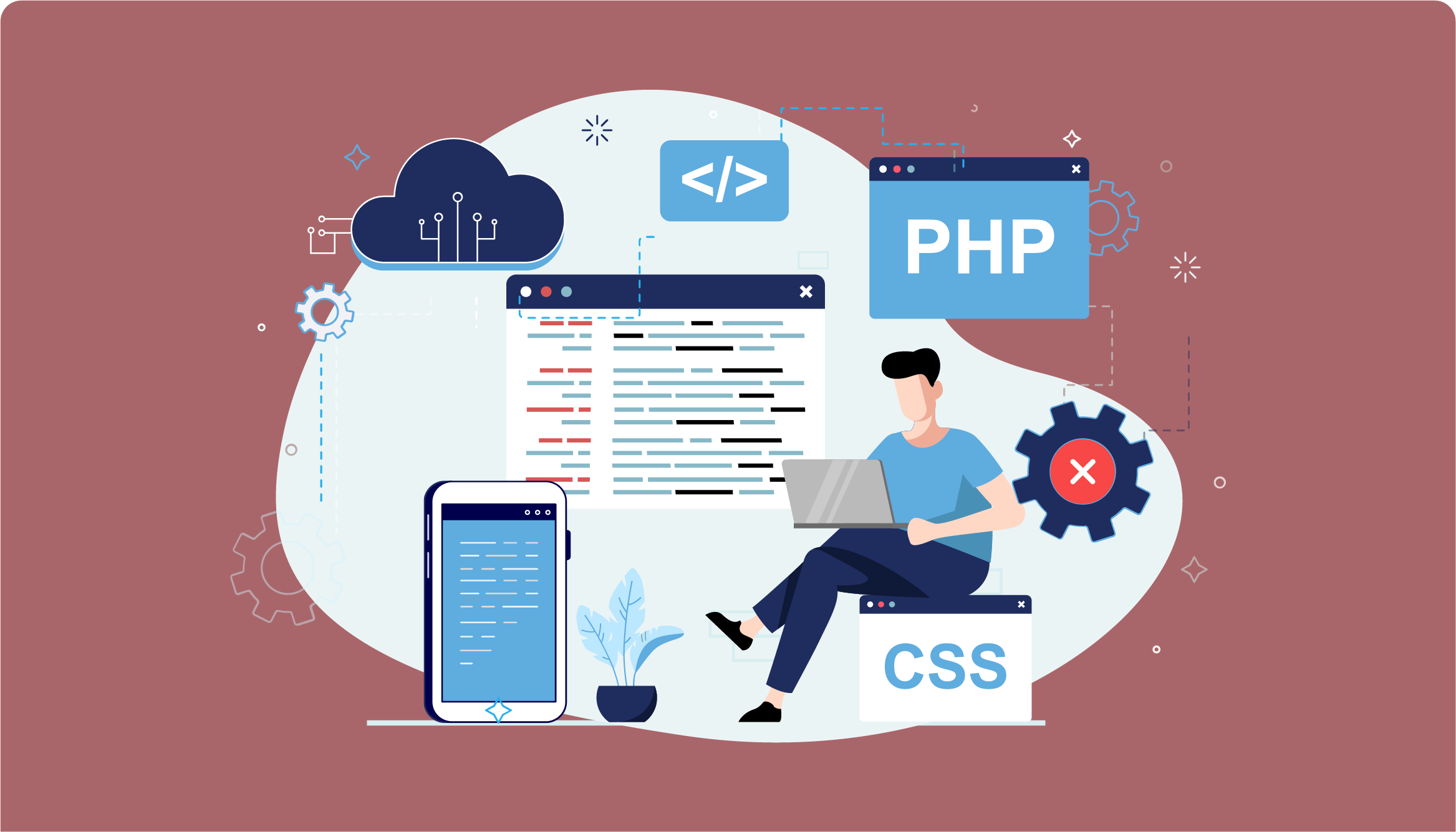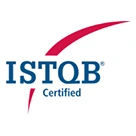Mastering Testing in Microservices Architecture: Strategies for
Success
By: Jagdish Gaikwad
|
Published on: December 13, 2023
Software development has undergone a profound transformation with
the advent of microservices architecture.
This architectural approach has enabled organizations to build
scalable and agile applications, breaking down monolithic systems
into smaller, independent services.
While this architectural shift brings numerous benefits, it also
introduces complexities in testing. In this blog, we will delve into
the complexities of testing applications built on microservices
architecture.
We'll explore strategies for testing individual services,
integration testing, and monitoring, providing you with the
knowledge to navigate this testing terrain successfully and ensure
the reliability of your microservices-based applications.
1. The Microservices Testing Landscape
The shift to microservices introduces a multi-faceted testing
landscape. Instead of testing a single, monolithic application, you
must now verify the functionality, performance, and reliability of
numerous interconnected services. Each service may be developed,
deployed, and scaled independently, making testing a challenging
endeavor. To tackle these challenges effectively, it's essential to
adopt a comprehensive testing strategy.
2. Testing Individual Services
Microservices-based applications consist of numerous independent
services, each with its specific functionality. To ensure the
reliability of each service, unit testing becomes crucial. Here's
how you can approach testing individual services:
-
Unit Testing:
Focus on testing each service in isolation. Write unit tests for
the service's core functionality, verifying that it performs as
expected. Utilize mocking and stubbing to isolate dependencies.
-
Component Testing: Go beyond unit testing and test
the integration of components within a service. Ensure that all
parts of the service work together seamlessly.
3. Integration Testing
Testing the interactions between microservices is pivotal.
Integration testing ensures that these services communicate
effectively and that data flows correctly across the system. Here's
what you need to consider:
-
Contract Testing:
Define clear contracts between services, specifying the expected
behavior and data formats. Use contract testing tools to verify
that services adhere to these contracts.Some of the most used tools are - Karate DSL, WireMock, Dredd and many more such tools.
-
End-to-End Testing:
Execute end-to-end tests that span multiple services to validate
critical user journeys and data flow. This helps uncover issues
that may arise from service interactions.
4. Monitoring in Microservices
In a microservices architecture, monitoring is not limited to
post-deployment; it should be an ongoing process. Effective
monitoring allows you to detect issues in real-time and respond
promptly. Key aspects of microservices monitoring include:
-
Metrics Collection:
Collect relevant metrics from each service, such as response
times, error rates, and resource utilization. Tools like
Prometheus and Grafana can assist in this process.
-
Distributed Tracing:
Implement distributed tracing to gain insights into how requests
propagate across services. Tools like Jaeger and Zipkin can help
you trace requests as they traverse the microservices landscape.
-
Log Aggregation:
Aggregate logs from all services into a centralized logging
system. Tools like ELK Stack (Elasticsearch, Logstash, and Kibana)
can assist in log management and analysis.
5. Continuous Integration and Continuous Deployment (CI/CD)
Implementing CI/CD pipelines in a microservices environment is
essential. This ensures that your testing processes are automated
and integrated seamlessly into the development workflow. Automated
tests, including unit tests, integration tests, and end-to-end
tests, should be executed as part of your CI/CD pipeline.
6. Conclusion
Testing in a microservices architecture is undeniably complex, but
with the right strategies and tools in place, it becomes manageable.
Prioritize unit testing, integration testing, and continuous
monitoring to ensure the reliability and performance of your
microservices-based applications. By mastering the intricacies of
microservices testing, you can navigate this architectural shift
with confidence and deliver high-quality software to your users.
By implementing these testing strategies, you can ensure the success
of your microservices-based applications. Embrace the complexities,
invest in robust testing practices, and make use of monitoring tools
to keep your microservices architecture running smoothly. In the
ever-evolving world of software development, mastering microservices
testing is your ticket to delivering resilient and scalable
applications that meet the demands of today's digital landscape.
Stay ahead of the curve and ensure your microservices are built to
thrive.
For more in-depth insights and practical tips on mastering
microservices testing, stay tuned to our website for regular updates
and expert guidance. Don't let the complexities of microservices
testing hold you back – conquer them and unlock the full potential
of your microservices architecture!





















